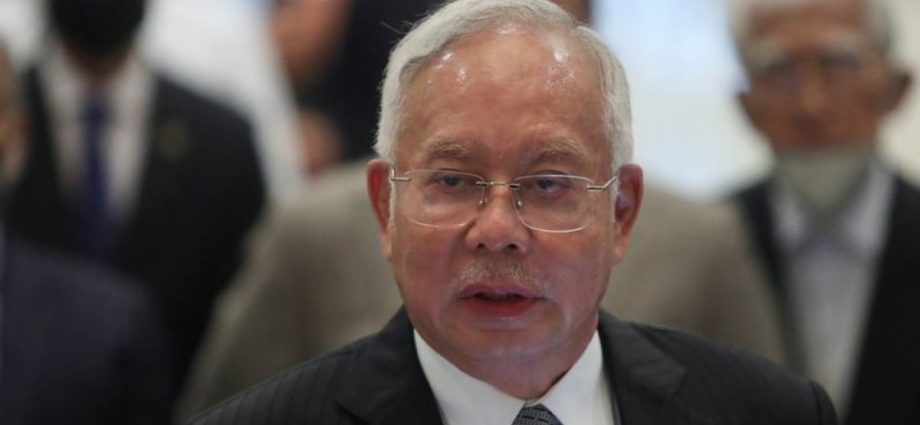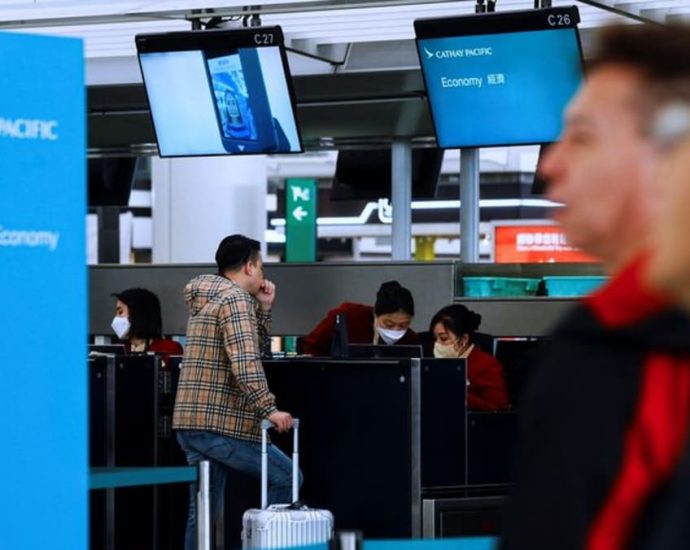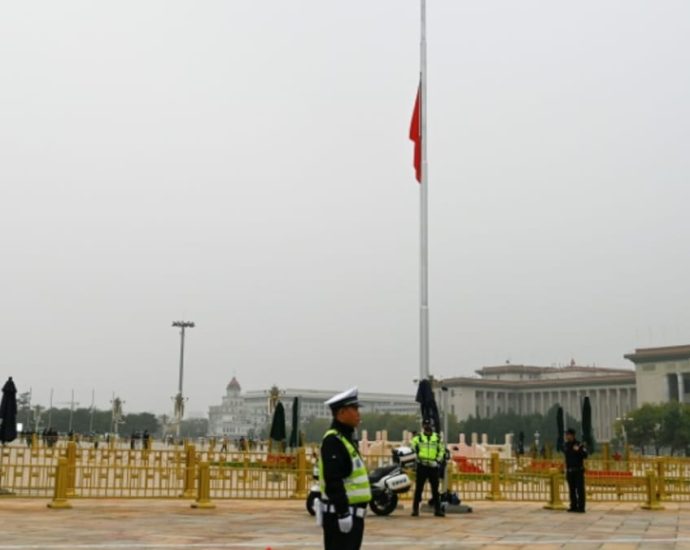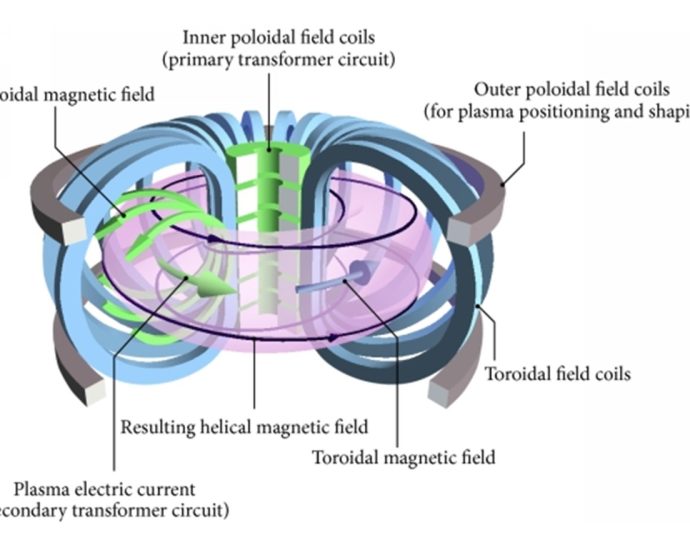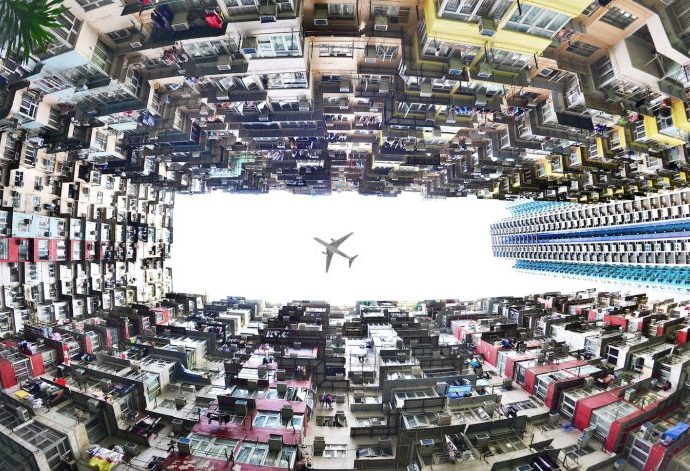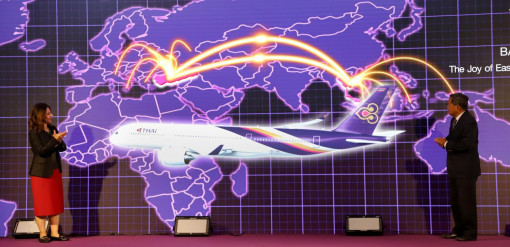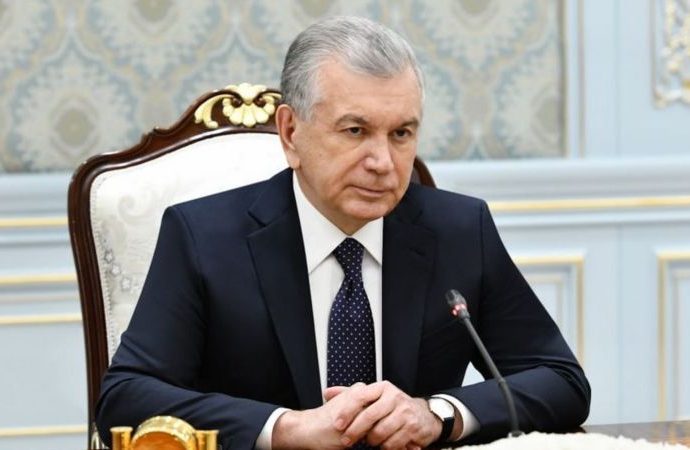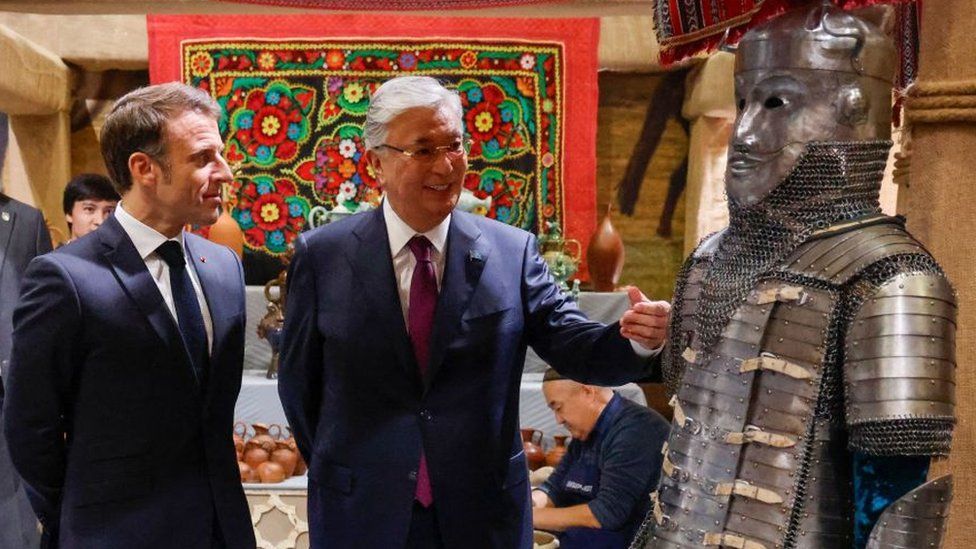Jailed former Malaysian PM Najib in hospital with COVID-19
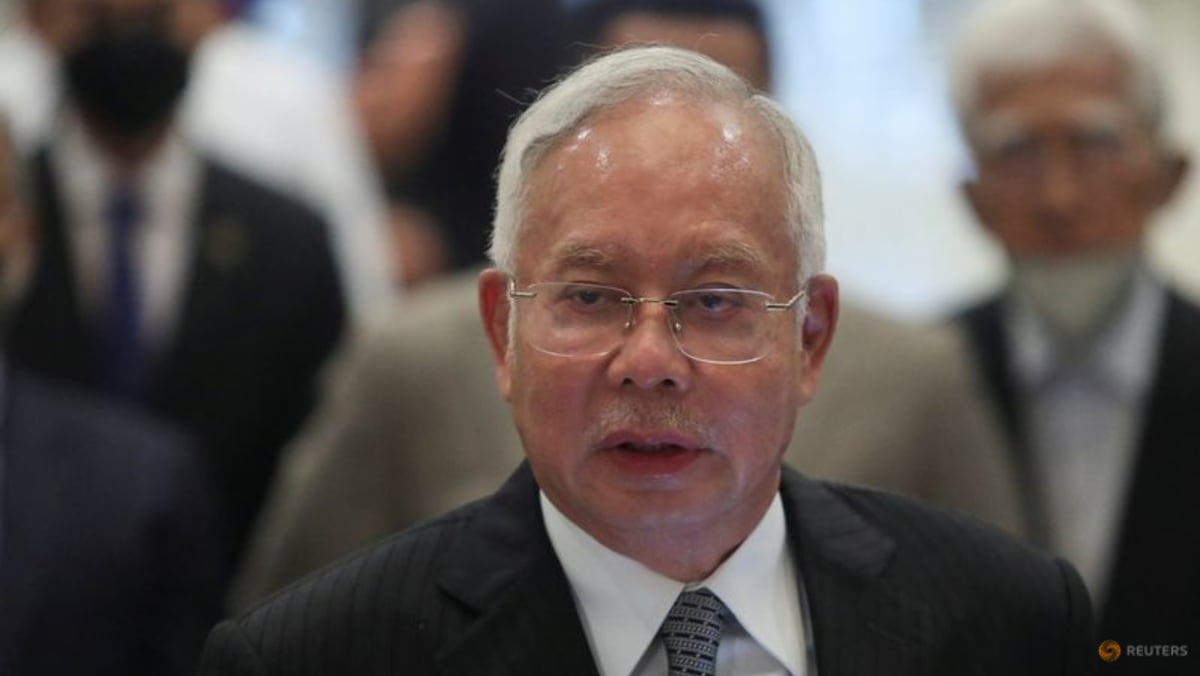
KUALA LUMPUR: Malaysia’s jailed former prime minister Najib Razak has been admitted to a hospital after testing positive for COVID-19, his spokesperson said on Thursday (Nov 2).
Najib, 70, is in stable condition and is undergoing quarantine and treatment at the hospital, his aide, Muhamad Mukhlis Maghribi, said.
Najib was taken to hospital on Tuesday from prison after complaining of fever, he said.
The former premier is serving a 12-year jail sentence for corruption linked to state fund 1Malaysia Development Berhad (1MDB).
United States and Malaysian investigators estimate about US$4.5 billion was stolen from 1MDB – co-founded by Najib during his first year as prime minister in 2009 – and that more than US$1 billion went to accounts linked to Najib.
Various recipients of the siphoned 1MDB funds used the money to buy luxury assets and real estate, a Picasso painting, a private jet, a superyacht, hotels, jewellery, and to finance the 2013 Hollywood film The Wolf of Wall Street, investigators have said.
Najib has always maintained his innocence. He was convicted first in 2020 and started his prison term last August when Malaysia’s top court rejected his final appeal, becoming the first premier in the country’s history to be jailed.
Since then, Najib has been in and out of hospital for several issues, including stomach ulcers and high blood pressure.
Najib has applied for a royal pardon, which, if granted, could see him serving a shorter sentence. He also faces other trials on corruption charges.

